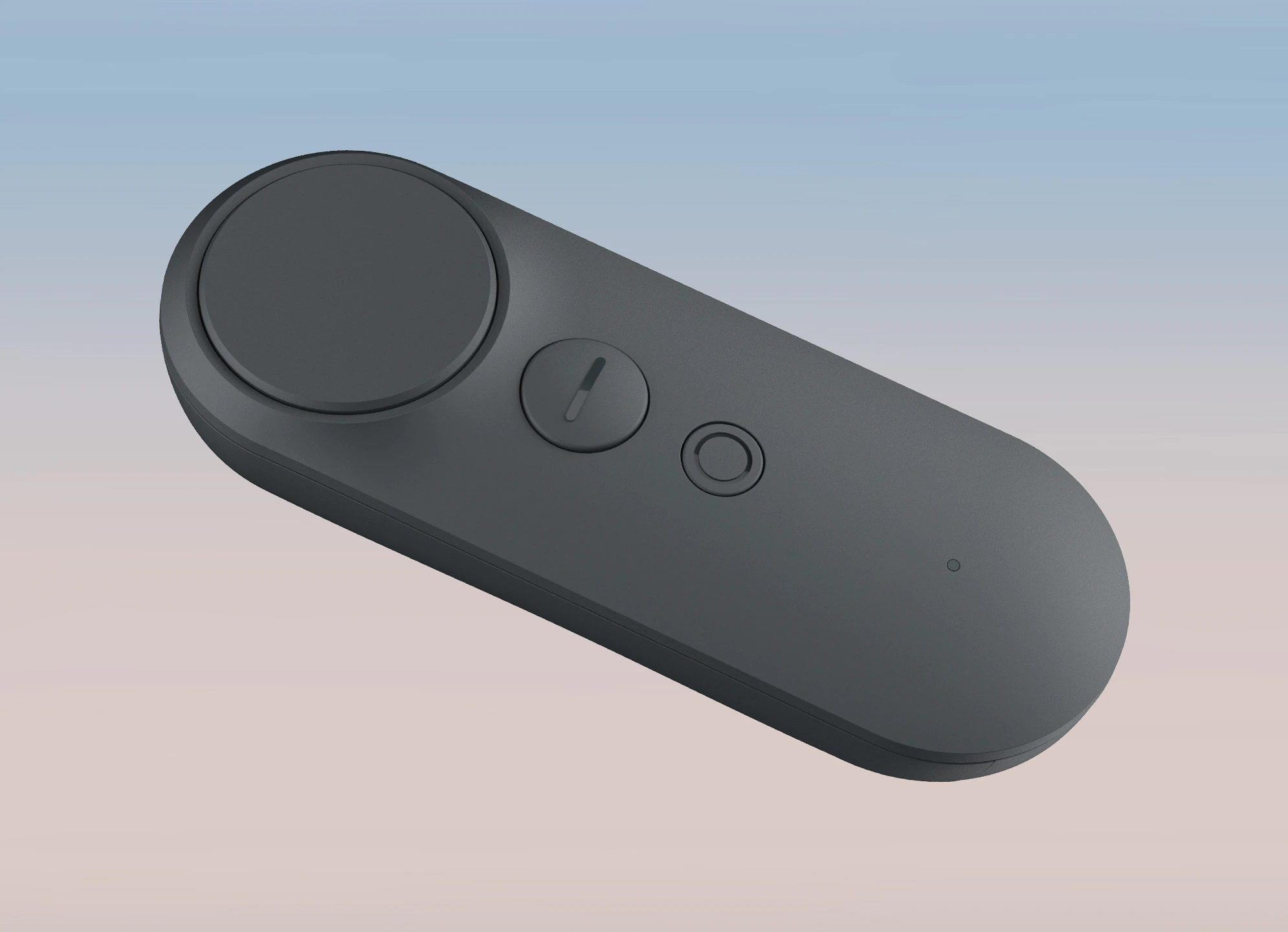Vive Flow, HTC’s compact VR headset, is targeted at travelers and consumers looking for casual VR experiences and media consumption. Now the company has announced it’s marketing a Business Edition of Vive Flow alongside an optional controller which should make navigating in-headset a bit easier for first-time users.
Vive Flow Business Edition is being pitched as a lightweight device for VR training, distance learning, bringing immersive experiences into the classroom, location-based entertainment, and healthcare and rehabilitation. The headset, which sells for $499 (€550) on the company’s website, includes a two-year business warranty as well as standard enterprise support.
HTC says new software features include a ‘kiosk mode’ so content can be queued up and remotely triggered, which is ideal for trade shows or running training sessions, the company says.

Launched for consumers last year, Vive Flow is a standalone VR headset that tethers to an Android smartphone for input via Bluetooth, and physically plugs into an external battery for power. Ok, so not entirely standalone, but the lightweight device does feature onboard processing. Granted, that Android-only device spec may change here soon, as HTC says it’s working on iPhone support for Vive Flow too.
By default, Vive Flow uses the smartphone as its only input device. Now the company is introducing an optional 3DOF controller for Vive Flow (seen above) that can be paired with either the consumer or business version of the headset.
Although we were hoping to hear more about hand-tracking or controllers (emphasis on the plural), going back to the old reliable controller style, which we’ve seen as early as 2016, makes a good deal of sense: blindly clicking on a smartphone when immersed in VR isn’t the most intuitive way for newcomers.
You can check out the full specs for Vive Flow here, including resolution, field of view, processor, and all of the ergonomic bits that help it achieve its 189 gram weight, making it several times lighter than any major VR headset on the market today.







